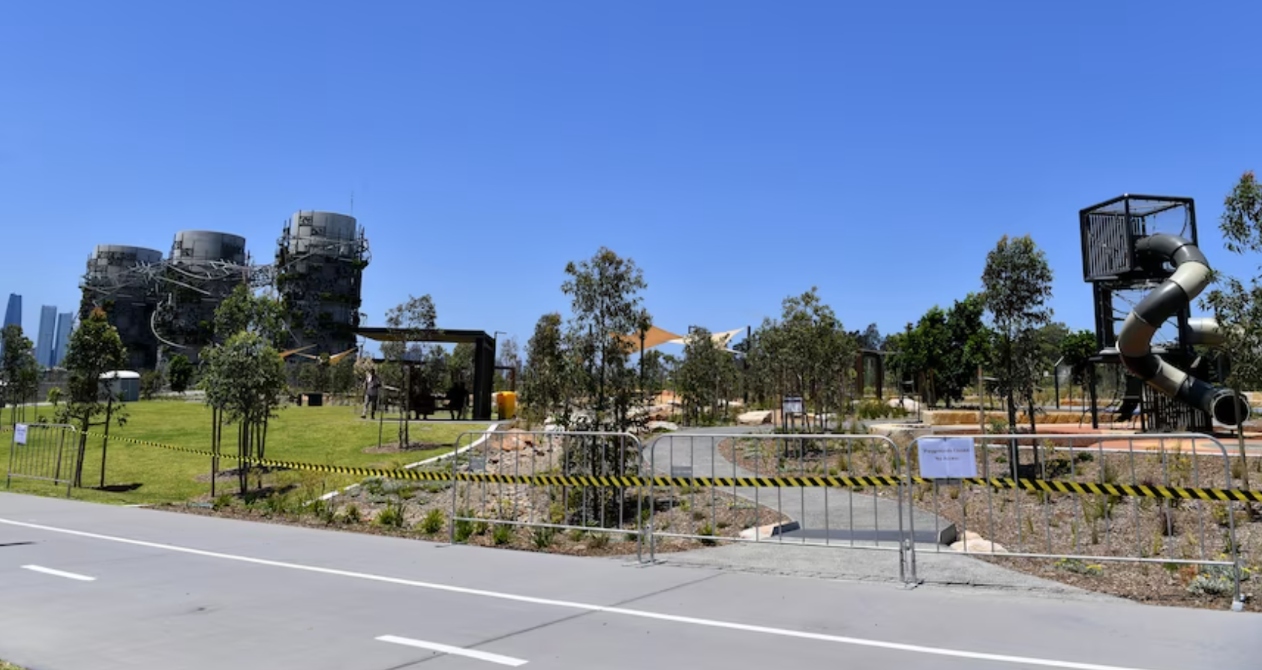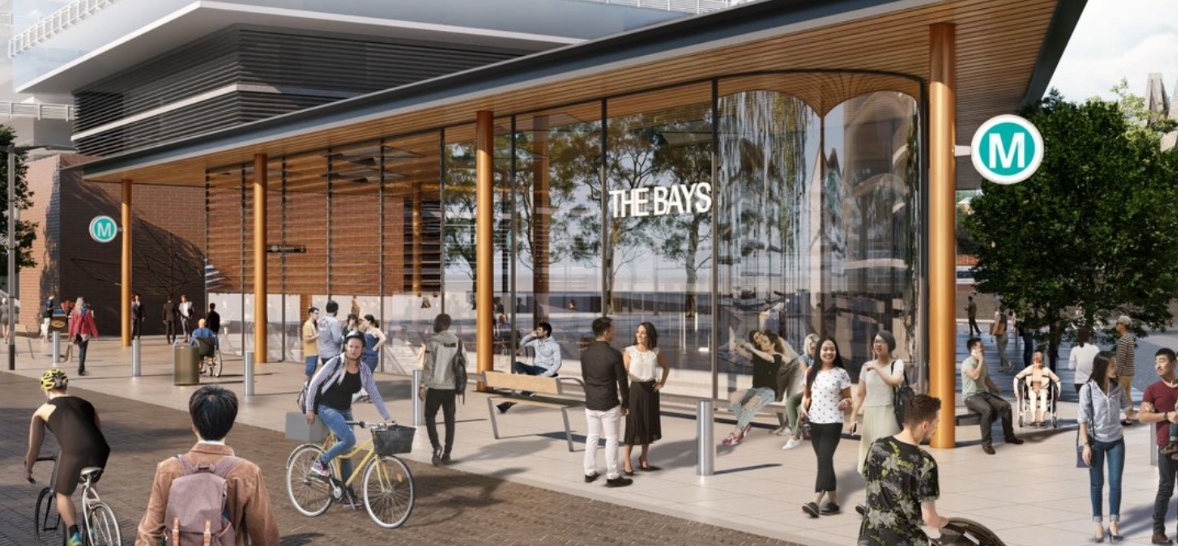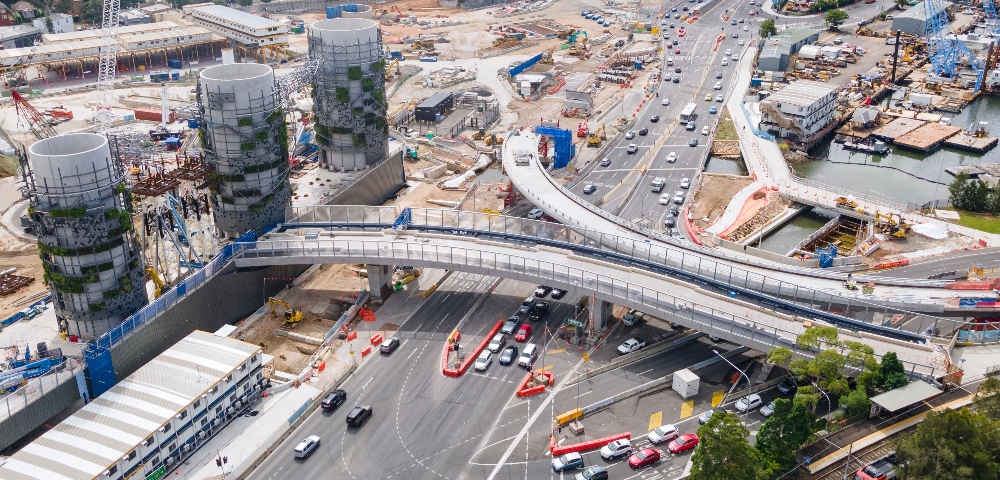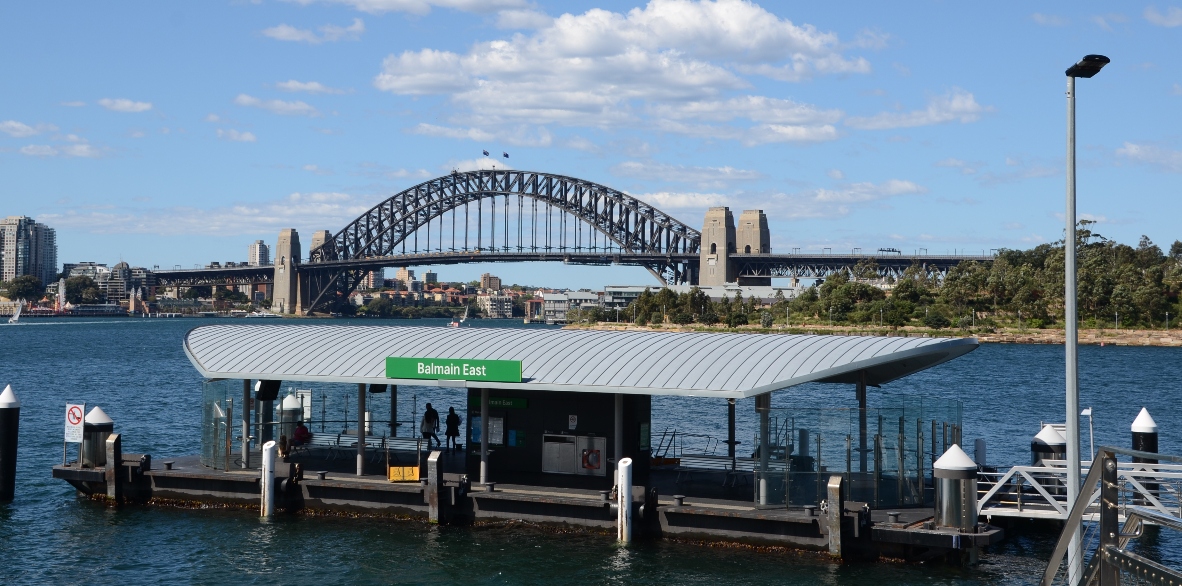
Testing, attesting.. COVID-19 testing
By ELIZA SPENCER
It began with a fever. That’s all it takes to qualify for COVID testing, when you live in a transmission hotspot. The nurse speaking on the coronavirus hotline advised to find a facemask and wander down to the Royal Prince Alfred (RPA) Hospital’s COVID clinic ‘just to be sure’ it wasn’t more than a stomach bug.
A facemask was found and discarded after, but the fever stayed long after the negative result came through and by Friday night it became unbearable. Another call to another hotline and an ambulance was dispatched, where paramedics knocked firmly on the door and asked, “have you been in contact with anyone who has had coronavirus? Have you or anyone you know been overseas in the last 14 days? Do you have a sore throat or a cough?” while standing as far as possible from the apartment door.
Not eager to waste PPE on a suspected meningitis case, the COVID kit stayed sealed and ready for another patient.
Admitted to the emergency department on the wings of an ambulance and with a fee that begins at $392 for those without insurance, the screening questions began again; “have you been in contact with anyone who has had coronavirus? Have you or anyone you know been overseas in the last 14 days? Do you have a sore throat or a cough?”
Every greeting was quickly followed by those same three questions, and I learned to anticipate and say as fast as possible, “I tested negative on Friday afternoon.”
The Emergency Department was quiet, unsettling for a Saturday morning when, under normal circumstances, emergency departments across Sydney would be filled to capacity with Friday night revellers dealing with the consequences of a big night out. RPA has borne its share of wild nights and dangerous patients, making headlines last year after the stabbing of a nurse that lead to calls for a strike in August 2019.
The number of individuals presenting to emergency departments across Sydney were on the rise, but with 2019-20 data not yet available, anecdotal evidence suggests that the pandemic has led to a decline in people attending the ED for anything other than the most serious concerns, a sentiment echoed by the ward staff.
Laying surrounded by monitors and wires; the perk of a quieter ED meant a room all of my own. The view stretched out across the lawns of USYD, one of those first affected by the coronavirus at the beginning of March. A plan to be discharged by lunch was quickly scrapped when fevers, shakes and the heartrate of someone going for a run all hit at once.
I was quickly passed a mask. I was asked again if I’d been tested for COVID, and again the response “I tested negative on Friday.” Staff consulted an infectious disease specialist to assess whether the symptoms could be an earlier strain of COVID, potentially picked up on a family holiday and left brewing in my body for nearly five months. More blood was tested, and swabs taken while nurses covered their eyes with goggles and noses and mouths with masks that had been worn since start of the shift, stretching out its use into the evening to save resources.
Diagnosis
By the time the sun dipped below the hospital windows, a diagnosis of tonsillitis, not coronavirus was pronounced. Nothing too concerning, but with all the same symptoms of a more serious virus.
The ward had slowly filled, and patients lay in purgatory, somewhere between the emergency department and a proper ward, waiting to see if they would be admitted for the night. On the advice of nurses, family stayed well away rather than risk bringing a case of COVID back to their home city of Canberra, which had just passed two weeks without any new cases.
My one visitor came to bring a change of clothes and a book, wearing the same small sticker I’d seen on medical officers and state premiers to show they’d been marked ‘safe,’ that is, not unwell. It was jarring to see the yellow circle on someone I knew, someone who rode through one of Sydney’s coronavirus hotspots to bring bananas and offer some company.
As books were finished and bags were packed to head home, a nurse in PPE returned to a patient across the ward. Speaking gently, he explained to her that parts of her lungs were damaged, not unusual for her age, but that it was a potential indicator of coronavirus. The questions were asked again, “have you been in contact with anyone who has had coronavirus? Have you or anyone you know been overseas in the last 14 days? Do you have a sore throat or a cough?” She shook her head.









